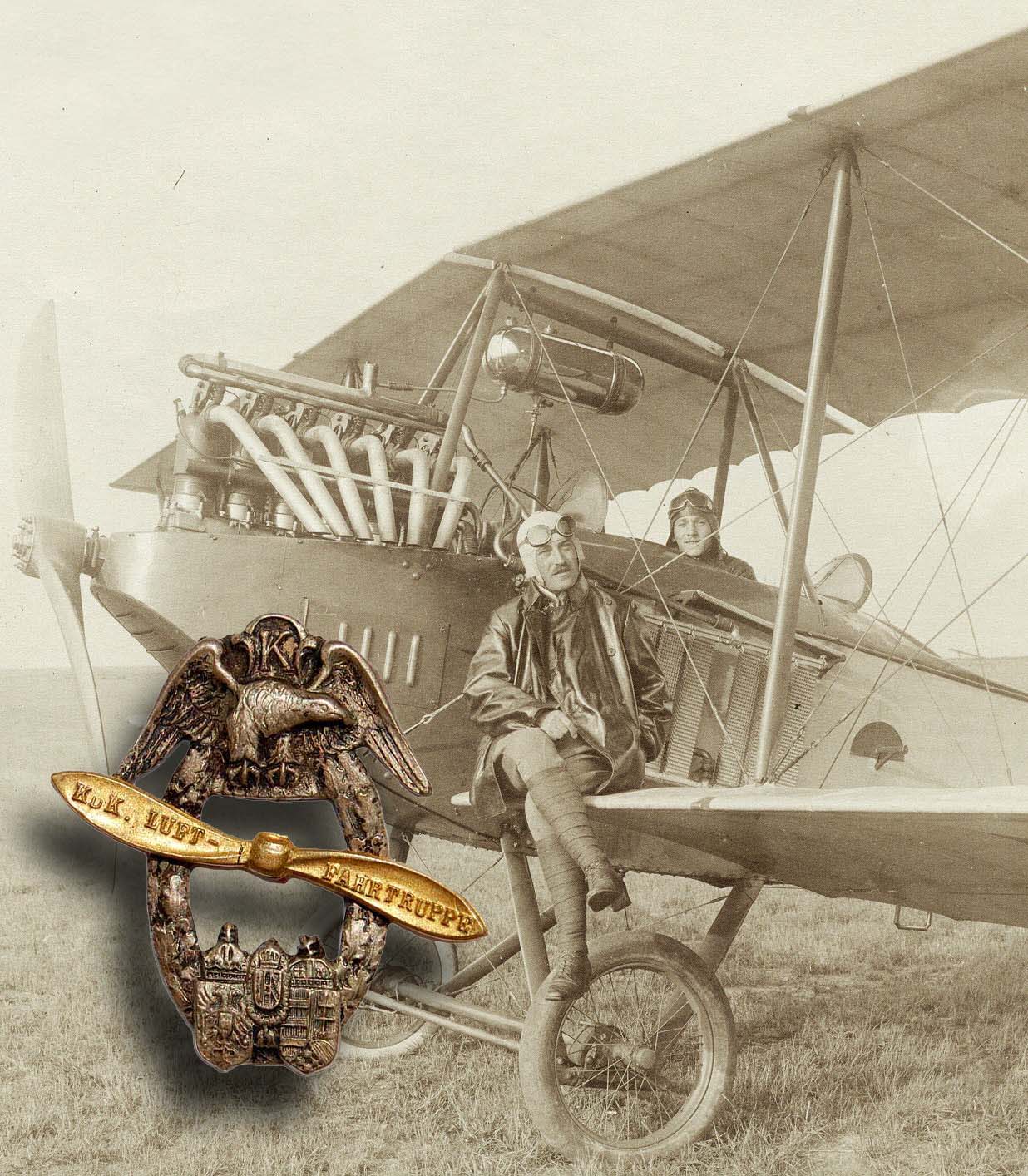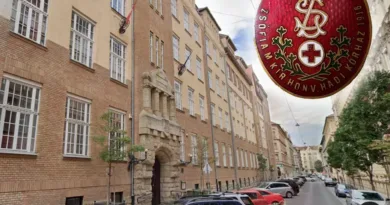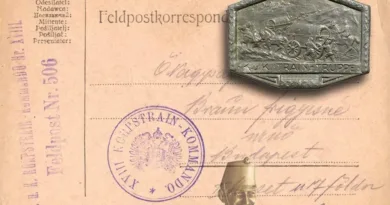“Airwalker” troops
Or, in today’s parlance, air force. One of the young and rapidly evolving branch of the Great War. By this time, people had been released into the air for many decades to monitor the enemy’s movements from above. Early “airwalkers” took off in fixed balloons and did not change their location. Then the appearance of the aircraft brought about a renaissance in aerial reconnaissance. Of course, the activities of the observational two-seaters were disturbed. Another aircraft was the best choice for that. It could have disrupted or destroyed balloons, or even aircraft. Additional aircraft was sent up to protect observers. So after a while, the fighter planes were hunting each other in the air. The first aerial bombardment took place in 1911. Planes against each other fought air combat in 1912. At that point, the pilots were still trying to hit each other with revolvers. However, the first real air victory was achieved in the Great War in August 1914. At this point, the fighter planes were fitted with forward-firing machine guns, observer two seaters with backward firing one.

During the war, the air force grew and developed at a huge rate for all combat parties. From a technical point of view, planes improved a lot. The air power of the Monarchy consisted mainly of German designs that were produced by license. For the reconnaissance/bomber task, the two-seater Hansa-Brandenburg planes were mostly used. The most well-known fighter was the Albatros. Several improved versions of this have been deployed by the Monarchy. The images above and below the paragraph show this progress. Above, the B version of the Albatros fighter, with its angular shape and fragile body structure, is more reminiscent of the machines of the pre-war heroic age. The D version below is strikingly different. The engine is covered with a casing. The body is streamlined, along with the propeller hub.

The selection and training of pilots was still closely linked to traditional combat units. Experienced pilots were hardly found at the beginning of the war. The staff was recruited from volunteers. The shift to the „airwalkers” assumed great boldness. When we look at machines of the time, we wonder how fragile they were, how primitive they were. On the other hand flying them must have been a very cool occupation (that’s still today). The number of flying crews has steadily expanded. So after a while, flying skills appeared in the execution of combat tasks. I don’t know how to do this job. I don’t know what it takes to fly well and navigate in the air. To notice the enemy planes in time. How to maneuver so that you can get behind the enemy and shoot down the enemy’s plane. Yet, there were masters of this job int he skies.

On the Hungarian side, József Kiss was the most well-known and successful. As he was born in Pozsony, he served in the 72nd Infantry Regiment until 1915. He signed up for the airwalkers in April 1915. He completed pilot training in April 1916. He was then taken to the Italian front for the 24th flying squadron at Pergine Airport. He was most successful between November 1917 and January 1918. He then achieved a total of 12 air victories. On January 27, he was wounded in an air battle with three enemy planes, but landed. He returned from a half-recovery from a serious injury, but was not the same at the time. On May 24, in a battle with a larger enemy force, his plane was shot down. He himself died in the crashed plane. He achieved a total of 19 air victories.

So the air battle was about life and death in the Great War. The image below shows a badly damaged reconnaissance plane. With the wing damaged, it’s a miracle how the pilot was able to land. Airwalking units have many badges. In józsef Kiss’s picture we see Icaros with wings, with the inscription “Flyer” (Flieger). Perhaps the most beautiful Kappenabzeichen of the flying troops is the depiction of the eagle grabbing the gilded propeller above the triple coats of arms and with the initials of the monarch’s name. The badge shows the name of the troops: K.u.K Luftfahrtruppe.





